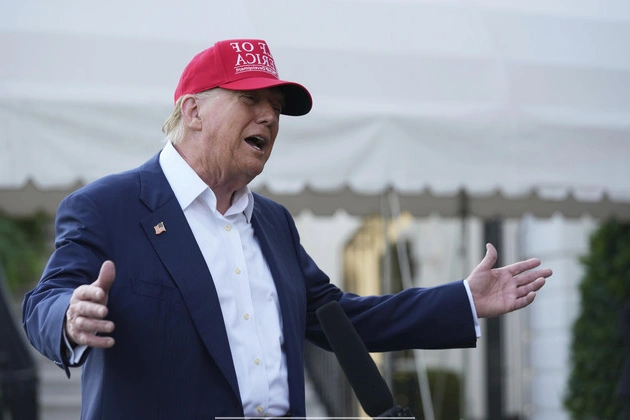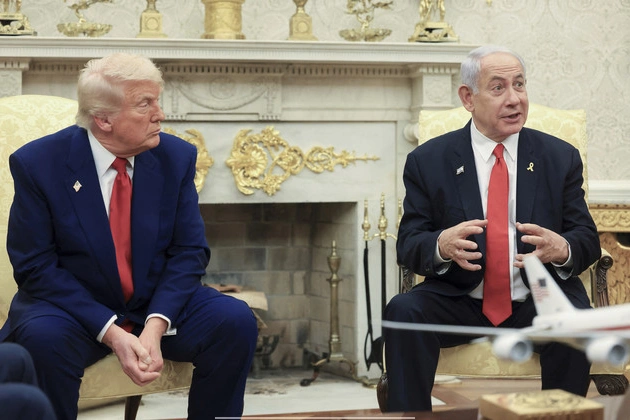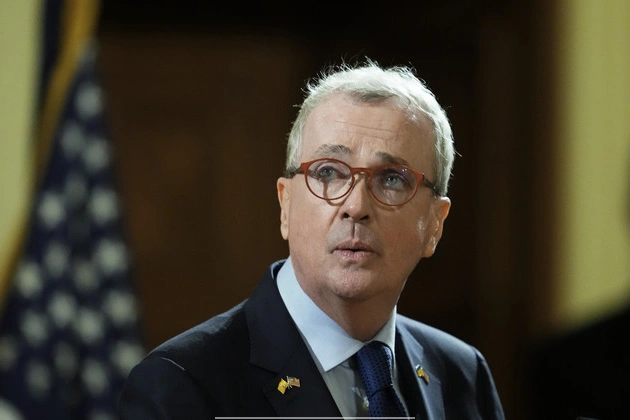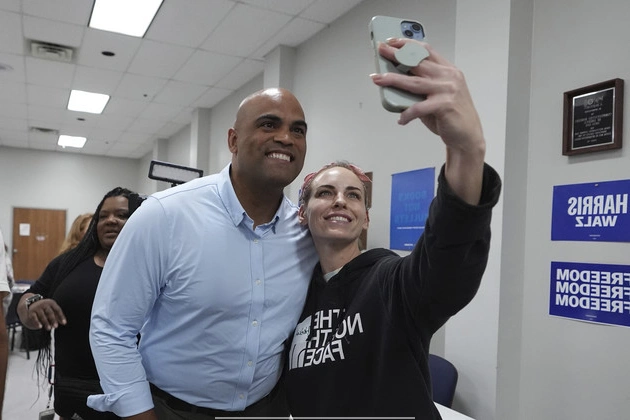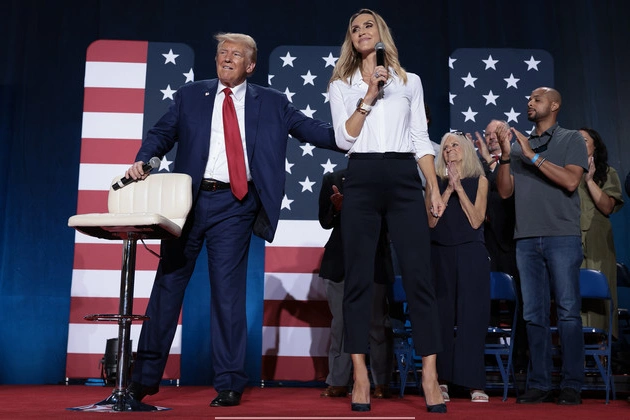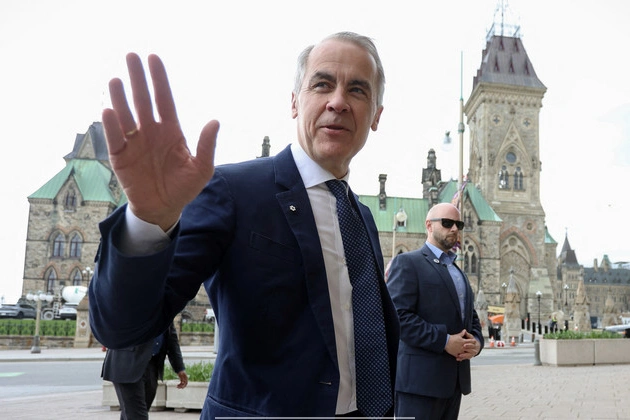
Canada’s political landscape is buzzing with discussions surrounding the potential removal of Mark Carney as the leader of the Liberal party. Despite the early stages of Carney’s leadership, some Liberal members of parliament are already contemplating the process to dismiss him.
During an upcoming gathering of Liberal lawmakers, scheduled just a day before the new Parliament convenes, the primary agenda will be a vote to grant themselves the authority to oust Carney as leader whenever they deem fit. The emphasis, however, lies in the fact that this move is more strategic than personal.
The Current Backing
It’s essential to note that the Liberal MPs are currently in full support of Carney’s leadership. Their confidence in him stems from his ability to persuade Canadians of his competence in revitalizing the economy. However, the future remains uncertain, as highlighted by an anonymous MP who remarked, “We don’t know what it will be like in a year, or two years, from now.”
Lessons from the Past
The lingering memory of former Prime Minister Justin Trudeau’s extended tenure has left a mark on many reelected lawmakers. The reluctance of Trudeau to step down has spurred a determination among the party members to ensure history does not repeat itself. The desire to rebalance power dynamics between the caucus and the Prime Minister’s Office is evident, with the intention to prevent a similar scenario of prolonged leadership.
As discussions unfold in the caucus meetings, the potential adoption of measures outlined in Canada’s Reform Act is on the agenda. This includes provisions for the removal of the party leader, a move that Quebec Liberal MP Sophie Chatel views as a “powerful symbolic gesture.” It signifies the caucus’s confidence in Carney’s leadership and a renewed commitment to fostering stronger ties within the party.
Legislative Framework
Following every federal election, party caucuses are mandated to vote on the adoption of specific rules under the Reform Act before the Parliament commences its sessions. These rules grant lawmakers the authority to remove the party leader or make decisions regarding caucus members. The upcoming vote on these measures has garnered attention, with Carney acknowledging its significance while refraining from detailed comments.
Amidst the deliberations within the Liberal party, there are calls for a secret ballot to ensure transparency and prevent external influence on the voting process. The Reform Act, initially introduced by Conservative MP Michael Chong, aims to empower MPs and reduce the dominance of party leaders. While the Conservative party utilized this mechanism in the past to change leadership, the Liberals have yet to adopt it fully due to historical reasons.
Looking Ahead
The impending vote within the Liberal caucus holds significance beyond its immediate implications. It serves as a mechanism to uphold the principle that leaders are accountable to their caucus members and reinforces the importance of collective decision-making. The outcome of this vote may shape the future dynamics within the Liberal party and set a precedent for leadership accountability.
As the discussions progress, the focus remains on ensuring a fair and transparent process that aligns with the principles of democratic governance. The Reform Act, if embraced by the Liberals, could mark a pivotal shift in the party’s internal dynamics and governance structure.






